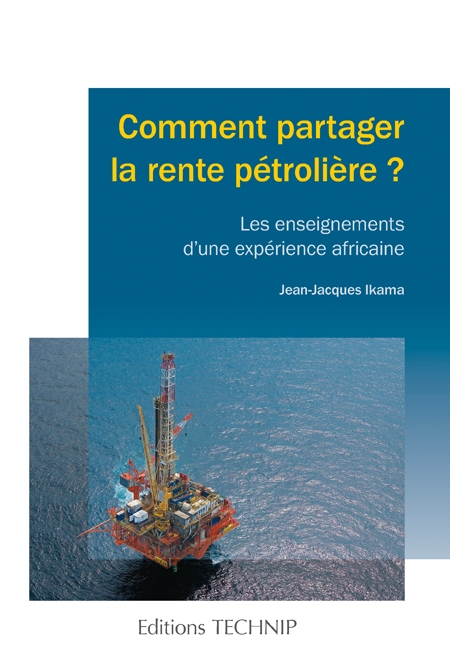After the US Shale Gas Revolution
Auteurs : BROS Thierry
ISBN : 9782710810162
broché 170 x 240 mm 176 pages
Date de publication : Août 2012
Acheteurs américains

 Ajouter au panier 33 €
Ajouter au panier 33 €
 Dossier de presse• Trans-Europa Medias, 5 mars 2016.pdf• Centre for International Policy Studies. Canada, Conférence du 20 mai 2015.pdf• Dukascopy, 16 février 2015.pdf• blog.cedigaz.org, 10 juin 2014.pdf• Bulletin de l'industrie pétrolière, n° 12241, mercredi 12 décembre 2012.pdf• Bulletin de l'Industrie Pétrolière, n°12368, 20 juin 2013.pdf• Challenges, 30 mai 2013.pdf• Dukascopie, août 2013.pdf• Emission Géopolitique le débat, RFI, dimanche 31 mars 2013.pdf• Energia, n° 4, décembre 2012.pdf• Enerpresse, n°10699, mardi 13 novembre 2012.pdf• Enerpresse, n°10847, 20 juin 2013.pdf• Flame Conference, 21 janvier 2013.pdf• Futuribles, n° 394, mai-juin 2013.pdf• GasAnalytica, Oct2012.pdf• Gaz d'aujourd'hui, novembre-décembre 2012.pdf• Gaz d'aujourd'hui, novembre-décembre 2012.pdf• Investir et Site bourse.lesechos.fr, février 2013.pdf• Iran Daily, November 12, 2012.pdf• Le Commerce du Levant, décembre 2012.pdf• Le Monde Diplomatique, août 2013.pdf• Le Monde Diplomatique, avril 2013.pdf• Nafta, septembre-octobre 2012.pdf• Natural GasDaily, 11 octobre 2012.pdf• Oil IT Journal, novembre 2012.pdf• Pétrole et Gaz informations, n° 1826, septembre-octobre 2013.pdf• Petroleum Abstracts, Vol. 52, n° 44, November 3, 2012.pdf• Petroleum Review, december 2012.pdf• Petroleum, 13 novembre 2012.pdf• Research Centre for Energy Management (www.rcem.eu), novembre 2012.pdf• Reuters, 9 novembre 2012.pdf• Reuters, 19 septembre 2012.pdf• Reuters, Interview from European Power, Gas & Coal Forum, November 12, 2012.pdf• SciTech Book News, December 2012.pdf• Site de la Florence School of Regulation. European University Institute, février 2013.pdf• Site diploweb.com, octobre 2012.pdf• Site oil-gas-energy.com.ua, 23 juillet 2013.pdf• Site rcem.eu, septembre 2012.pdf• Site rcem.eu, septembre 2013.pdf• Site www.commodesk.com, septembre 2012.pdf• Site www.diploweb.com, septembre 2012.pdf• Site www.naturalgaseurope.com, septembre 2012.pdf• The Gulf Today, 20 septembre 2012.pdf• www.apgef.com, 28 mars 2013.pdf• www.dukascopy.com TV, novembre 2012.pdf• www.lesoirdalgerie.com, 24 septembre 2013.pdf• www.naturalgaseurope.com, 23 juillet 2013.pdf• www.oilandgasunconventional.com, novembre 2012.pdf• www.parliamentlive.tv, novembre 2012.pdf• www.parliamentlive.tv, novembre 2013.pdf• www.transition-énergétique.gouv.27 juin 2013pdf.pdf• Petroleum Review, October 2014.pdf• Political Studies Reviews, 13 (1), 2015.pdf• Dukascopy, 20 janvier 2016.pdf
Dossier de presse• Trans-Europa Medias, 5 mars 2016.pdf• Centre for International Policy Studies. Canada, Conférence du 20 mai 2015.pdf• Dukascopy, 16 février 2015.pdf• blog.cedigaz.org, 10 juin 2014.pdf• Bulletin de l'industrie pétrolière, n° 12241, mercredi 12 décembre 2012.pdf• Bulletin de l'Industrie Pétrolière, n°12368, 20 juin 2013.pdf• Challenges, 30 mai 2013.pdf• Dukascopie, août 2013.pdf• Emission Géopolitique le débat, RFI, dimanche 31 mars 2013.pdf• Energia, n° 4, décembre 2012.pdf• Enerpresse, n°10699, mardi 13 novembre 2012.pdf• Enerpresse, n°10847, 20 juin 2013.pdf• Flame Conference, 21 janvier 2013.pdf• Futuribles, n° 394, mai-juin 2013.pdf• GasAnalytica, Oct2012.pdf• Gaz d'aujourd'hui, novembre-décembre 2012.pdf• Gaz d'aujourd'hui, novembre-décembre 2012.pdf• Investir et Site bourse.lesechos.fr, février 2013.pdf• Iran Daily, November 12, 2012.pdf• Le Commerce du Levant, décembre 2012.pdf• Le Monde Diplomatique, août 2013.pdf• Le Monde Diplomatique, avril 2013.pdf• Nafta, septembre-octobre 2012.pdf• Natural GasDaily, 11 octobre 2012.pdf• Oil IT Journal, novembre 2012.pdf• Pétrole et Gaz informations, n° 1826, septembre-octobre 2013.pdf• Petroleum Abstracts, Vol. 52, n° 44, November 3, 2012.pdf• Petroleum Review, december 2012.pdf• Petroleum, 13 novembre 2012.pdf• Research Centre for Energy Management (www.rcem.eu), novembre 2012.pdf• Reuters, 9 novembre 2012.pdf• Reuters, 19 septembre 2012.pdf• Reuters, Interview from European Power, Gas & Coal Forum, November 12, 2012.pdf• SciTech Book News, December 2012.pdf• Site de la Florence School of Regulation. European University Institute, février 2013.pdf• Site diploweb.com, octobre 2012.pdf• Site oil-gas-energy.com.ua, 23 juillet 2013.pdf• Site rcem.eu, septembre 2012.pdf• Site rcem.eu, septembre 2013.pdf• Site www.commodesk.com, septembre 2012.pdf• Site www.diploweb.com, septembre 2012.pdf• Site www.naturalgaseurope.com, septembre 2012.pdf• The Gulf Today, 20 septembre 2012.pdf• www.apgef.com, 28 mars 2013.pdf• www.dukascopy.com TV, novembre 2012.pdf• www.lesoirdalgerie.com, 24 septembre 2013.pdf• www.naturalgaseurope.com, 23 juillet 2013.pdf• www.oilandgasunconventional.com, novembre 2012.pdf• www.parliamentlive.tv, novembre 2012.pdf• www.parliamentlive.tv, novembre 2013.pdf• www.transition-énergétique.gouv.27 juin 2013pdf.pdf• Petroleum Review, October 2014.pdf• Political Studies Reviews, 13 (1), 2015.pdf• Dukascopy, 20 janvier 2016.pdfAfter 20 years at different positions in the gas sector, from the policy side to trading floors, the author gives an overview of the major gas issues and elaborates on the consequences of the US shale gas revolution.
The first part of the book provides basic knowledge and gives needed tools to better understand this industry, that often stands, in sandwich, between upstream oil and utilities.
After extensive research, publication and teaching, the author shares his insights on fundamental issues all along the gas chain and explains the price mechanisms ranging from oil-indexation to spot.
The second part looks into the future of worldwide gas balance. To supply growing markets, the major resource holder, Russia, is now in direct competition with the major gas producer, the US. China has the potential not only to select the winner but also to decide the pricing principle for all Asian buyers in 2020. As China is a new and growing gas importer and has a lower price tolerance than historical Asian buyers (Japan and South Korea), it is highly possible that, against basic geography, China selects waterborne US LNG vs. close Russian pipe gas, to achieve lower import price. Europe, so risk adverse that it won’t be able to take any decision regarding shale gas production on this side of 2020, should see its power fading on the energy scene and would rely more on Russia. Gas geopolitics could tighten Russia stronghold on Europe, on one side, and create a flourishing North America-Asian trade…
This book is accessible to all and will particularly interest readers seeking a global gas perspective where economics and geopolitics mix. It can be read as an economic novel where billions of $ are invested to shape tomorrow energy world or as a geopolitical thriller where Russia and the US compete to impose their respective agenda, leaving China to select the winner…
Table des matières :
I. Basics. Permanent Sovereignty over Natural Resources. Reserves. Production. Consumption. Net Exporters. Net Importers. Trade Movements on the Rise. II. Technicals. Pipe Transport. LNG Chain. Pipe Gas vs. LNG. Uses. Gas in Primary Energy Mix. Demand Seasonality. Swing Production. Storage. Spare Capacity. III. Markets, Prices & Costs. Many Price Mechanisms… & Many Units. Term Markets. Costs. Europe: from Oil-indexation to spot Markets. Markets can mitigate Winter-Summer Spreads. Markets can Reallocate Supply. Markets can Select the most Profitable Fuel to generate Electricity. Markets Integration? IV. Policies. Cheap Energy allows Development. Secure Energy has been the First Policy Goal as it is Essential to National Security. Clean Energy, if we have the Money! Taxes / Subsidies. Regulation / State Intervention. V. Where is the Future Supply Growth? The US Shale Gas Revolution. China holds the Largest Unconventional Gas Reserves. Europe: Incremental Supply in Poland. Australia could overtake Qatar in LNG, thanks to Unconventional Gas. Russia & Norway: a little more Pipe Gas before the Arctic opening. Other Places. VI. Where is the Future Demand Growth? In Asia, Mainly in China. Finding New Demand for Gas in North America. Not in Europe, unless New Uses are Found. The Future of Oil-linked Contracts. Conclusion: After the US Shale Gas Revolution, the 2020 Gas World. China Needs to secure Extra Gas from 2018e… … When US LNG could be available! Gazprom in the Driving Seat in Europe. The Question of Energy Dependency.
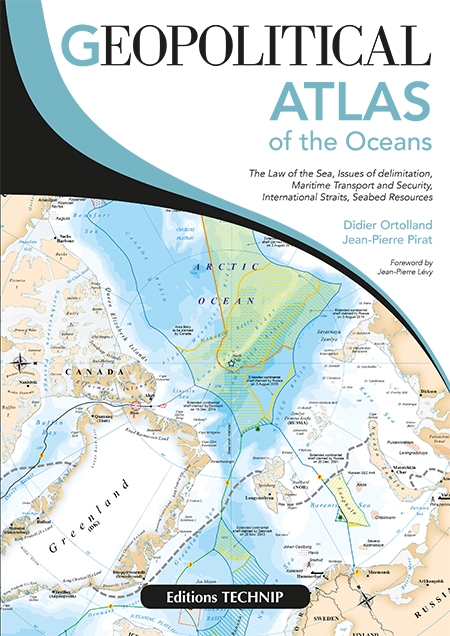 Geopolitical Atlas of the Oceans
Geopolitical Atlas of the Oceans
 Ajouter au panier
180 €
Ajouter au panier
180 €
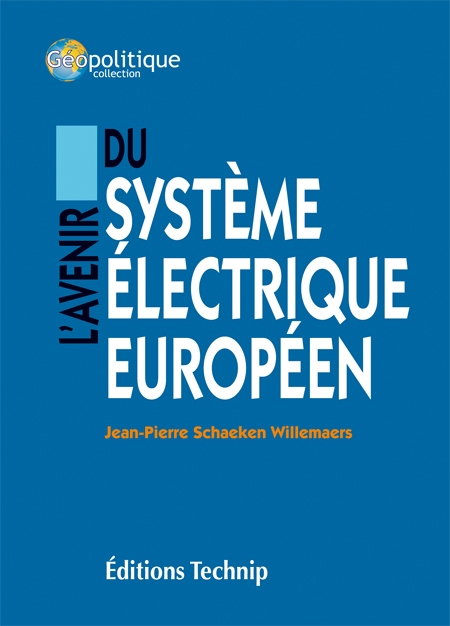 L'avenir du système électrique européen
L'avenir du système électrique européen
 Ajouter au panier
18 €
Ajouter au panier
18 €
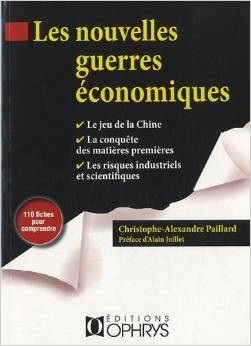 Les nouvelles guerres économiques
Les nouvelles guerres économiques
 Ajouter au panier
33 €
Ajouter au panier
33 €
 0
0

 Inscription newsletter
Inscription newsletter

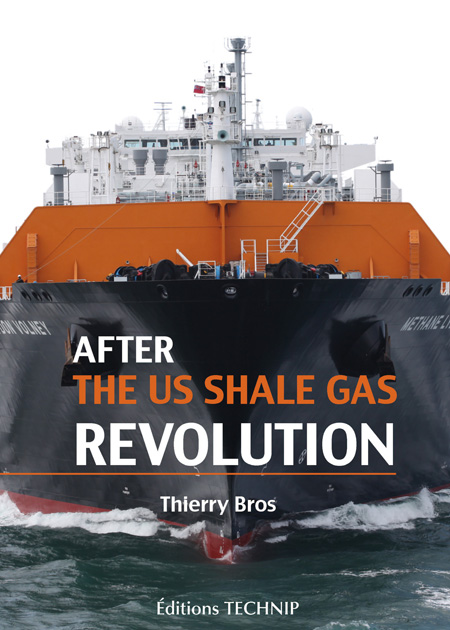
 Partager
Partager
 Tweeter
Tweeter

 Feuilleter un extrait
Feuilleter un extrait Voir une vidéo associée
Voir une vidéo associée